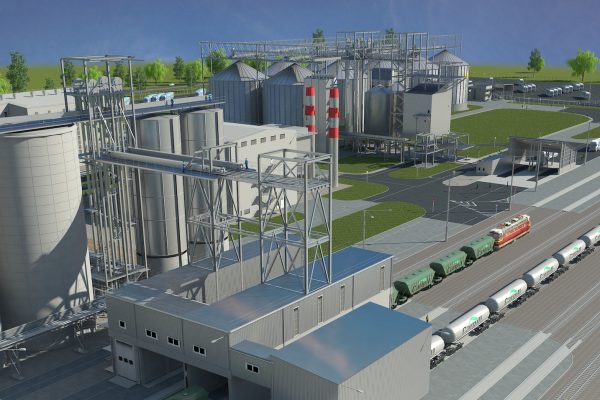Project Report For Oil Extraction Plant
Introduction
Project report for Oil Extraction Plant is as follows.
The most typical way of oil extraction is using mechanical expellers or presses. Oil is extracted using either a manual ram press or an engine-driven screw press in this process. The ram press extracts around 60%–65% of the available oil from seeds, while an engine-driven screw press extracts approximately 68–80% of the available oil from seeds. The design of the mechanical press is critical since it has a direct effect on the amount of oil produced.

The yield may be enhanced to around 89 percent in a single pass and 91 percent in a dual-pass by pretreatment of the seeds with a frying procedure (Achten, 2008). Filtration and degumming of oil produced from a mechanical press are required.
The most typical way of oil extraction is using mechanical expellers or presses. Oil is extracted using either a manual ram press or an engine-driven screw press in this process. The oil extracts around 60%–65% of the available oil from seeds, while an engine-driven screw press extracts approximately 68–80% of the available oil from seeds.
Project Report Sample On Oil
Extraction Plant
Get Completely Custom Bankable Project Report
The Indian government is increasing its investments in oil and gas pipelines and LNG terminals around the country as a result of the rise in natural oil imports. As a result, there is a good chance that the market will be fueled by increasing spending in the midstream oil and gas sector. India’s energy consumption is expected to double in the next two decades.
This increase in demand is due to the global population’s expansion and the improvement of living standards in emerging nations. While alternative and renewable energy sources are gaining popularity worldwide, petroleum fuel remains a significant source of energy on a global scale. This trend is projected to continue for many decades, which bodes well for the oil and gas downstream market’s development.
Market Potential of Oil Extraction Plant
Expenses

Product Cost Breakup

Reveneue Vs Expenses

Market Trend

The worldwide oil and gas industry is predicted to increase at a compound annual growth rate (CAGR) of 25.5 percent from $4677.45 billion in 2020 to $5870.13 billion in 2021. During the projection period, the Indian oil and gas market is predicted to grow at a CAGR of more than 3%. (2022-2027). The epidemic of COVID-19 had a detrimental impact on the Indian oil and gas sector. Oil businesses’ income decreased as a result of the unexpected lockout.
The demand for diesel, the most widely utilized fuel in the nation, has decreased significantly as a result of the huge decline in road traffic levels. During the projected period, factors such as increased natural gas pipeline capacity and rising demand for petroleum products are likely to boost the Indian oil and gas market.
However, India’s oil sector is projected to be constrained by a significant reliance on imports of crude oil and natural gas to meet local demand and by the volatility of crude oil prices. Capacity for refining has increased significantly in recent years, mainly to the construction of major refinery facilities.
As a result, the downstream sector is anticipated to expand throughout the projection period. The KG Basin has had substantial gas hydrate deposits. Economically viable extraction of gas hydrates might generate the enormous potential for businesses and is expected to result in a natural gas production boom.
